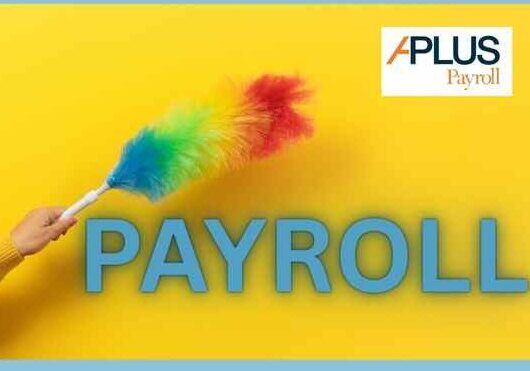HR Q&A – What Should Be Included in Job Descriptions?
by Paul Devlin
Job descriptions should have several key areas addressed within the posting from job title and responsibilities to skills and company culture. Let’s face it, if you send out a generic job description, you’re basically saying: “We’re going to treat you like a number from Day One”.
A well-crafted job description is more than just a tool for recruitment; it’s a strategic document that sets the tone for the hiring process and influences candidate experience. Whether you’re an employer aiming to attract top talent or a candidate assessing potential job opportunities, understanding the key components of a job description is essential.
Essential Elements of a Job Description
-
Job Title: The job title should be clear, specific, and accurately reflect the nature of the position. It’s the first impression candidates will have, so make sure it aligns with industry standards and is easily searchable.
-
Responsibilities: Outline the core duties and responsibilities of the role. Be specific about what tasks the employee will be expected to perform and how their role contributes to the broader organizational goals.
-
Required Qualifications: Detail the minimum educational background, certifications, and experience necessary for the role. This helps filter candidates and sets clear expectations about what is needed to succeed.
-
Skills Needed: Beyond qualifications, list the specific skills required. This includes both technical abilities and soft skills, such as communication or leadership qualities, that are crucial for performing the job effectively.
-
Work Environment: Describe the work setting—whether the job is remote, office-based, or hybrid, and any notable aspects of the work culture or team dynamics. This helps candidates envision their day-to-day experiences.
-
Salary Range: Providing a salary range can attract candidates who match your budget and are motivated by transparency. It also helps manage expectations from the start.
-
Company Culture: Highlight your company’s values, mission, and culture. This gives candidates insight into whether they would fit well with your organization’s ethos and working style.
Practical Tips for Employers
-
Be Concise and Clear: Avoid jargon and overly complex language. Use bullet points for clarity and keep the description concise yet comprehensive.
-
Focus on Growth Opportunities: Mention potential career progression and development opportunities within the company to attract ambitious candidates.
-
Inclusive Language: Use language that is inclusive and free from biases to appeal to a diverse pool of candidates.
Enhancing Recruitment Processes
Clear and detailed job descriptions can significantly enhance the recruitment process by attracting well-suited candidates and reducing the time spent on mismatches. For candidates, they serve as a roadmap to understanding if a role truly aligns with their career aspirations and personal values.
Treat people with respect from the first interaction and they, in kind, will reciprocate. If they don’t, then they might not be a good fit anyway.
This blog does not constitute formal HR or legal advice and does not address state or local law. Our HR Resource Center by Mineral offers further advice on this and many other topics. For a small additional fee you can also speak to a live HR Specialist. Contact your friendly APlus Payroll CSS for further information (including login details) or login here. Wanting to know how we can help your Payroll process? Please contact us here. Advice is always free!



